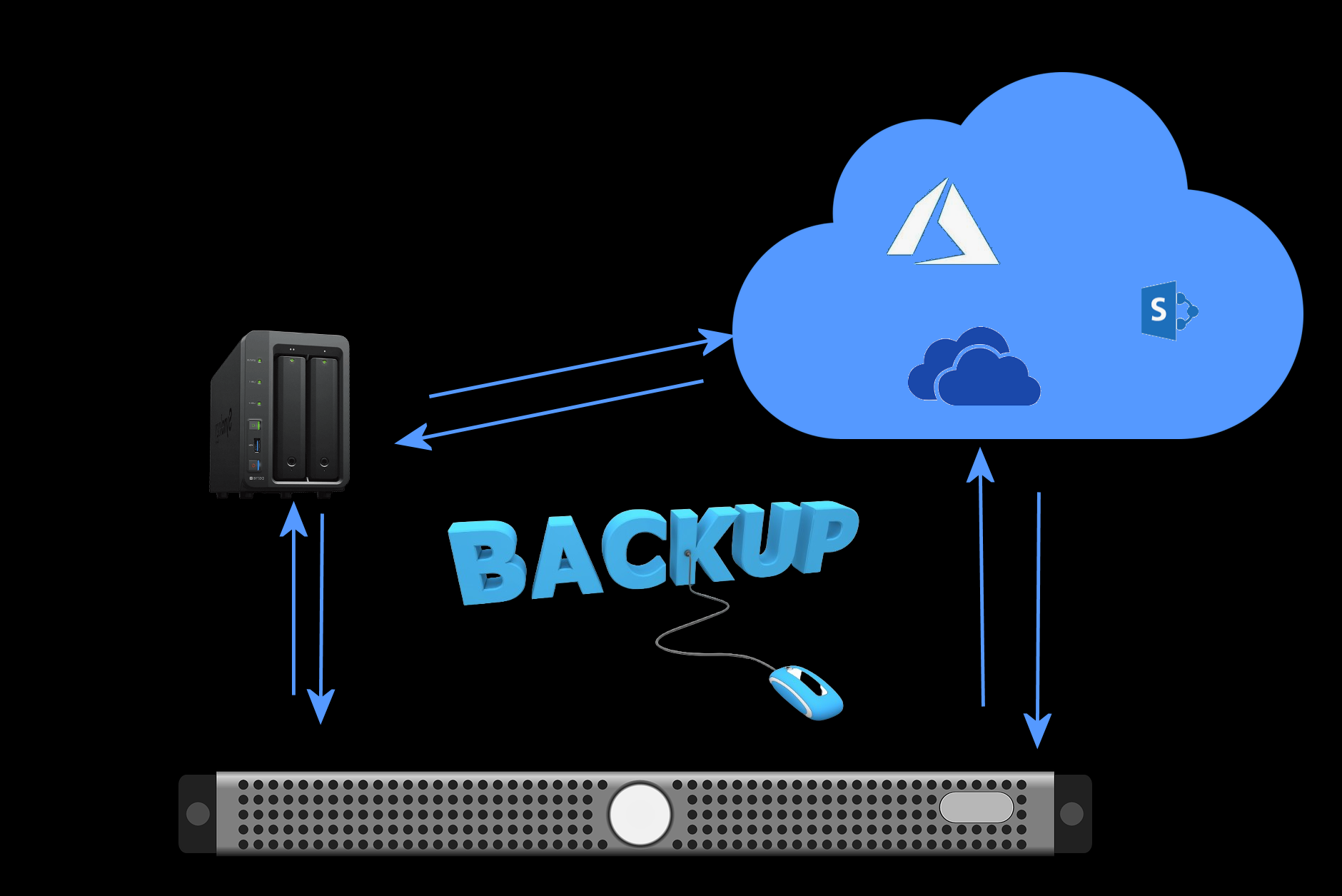
Multiple backups reduce the risk of data loss due to unforeseen events such as hardware failures, cyberattacks, or accidental deletions. This ensures the integrity and security of your business-critical information. In the event of a disaster or system failure, having multiple backups enables a quicker recovery process. Business continuity is maintained as you can swiftly restore operations with minimal downtime.
With the rise of cyber threats like ransomware, having multiple backups provides a layer of protection. If one backup is compromised, you still have alternative copies to rely on, preventing potential data extortion.
Not every data jeopardy stems from hardware failures or cyber attacks.
A notable incident from my past involves a business that contacted us in search of services. Their motivation was not a typical crisis but a cautionary tale. They explained that their quest for a new service provider was prompted by a brush with potential total data loss.
Intriguingly, their data management setup was confined to a single server, stored locally. The turning point occurred during routine system maintenance conducted by their internal IT team. Unfortunately, a mishap transpired when the technician accidentally broke the USB bitlocker key crucial for booting up their server. To compound matters, there was no backup of this key. If you’re familiar with the significance of a bitlocker key, you might be wincing at the situation unfolding in their narrative.

A businessman holding a phone with gears on it.
Additionally, many industries have specific regulations regarding data retention and protection. Maintaining multiple backups helps businesses comply with legal requirements and industry standards, avoiding potential legal consequences. So Redundancy in backups is the only way to meet compliance and ensures reliability. If one backup source or storage location becomes inaccessible, you can still retrieve data from other backups, reducing the risk of a single point of failure.
Knowing that your business data is backed up in multiple locations provides peace of mind. It instills confidence among stakeholders, customers, and employees, as they can trust that critical information is safeguarded against unforeseen events.
-
Here’s the drill:
Configure your server using a backup tool of your choice to engage in a two-way sync with your NAS. If you’re using a NAS like Synology, you’re in luck – built-in apps allow you to effortlessly set up a two-way sync with SharePoint or OneDrive. While SharePoint space comes at a premium, alternative cloud sources exist, offering flexibility based on your data volume.
The key lies in the adaptability of this process. Tailor it according to your specific data requirements, and you’ll grasp the essence of a streamlined and effective backup strategy.


